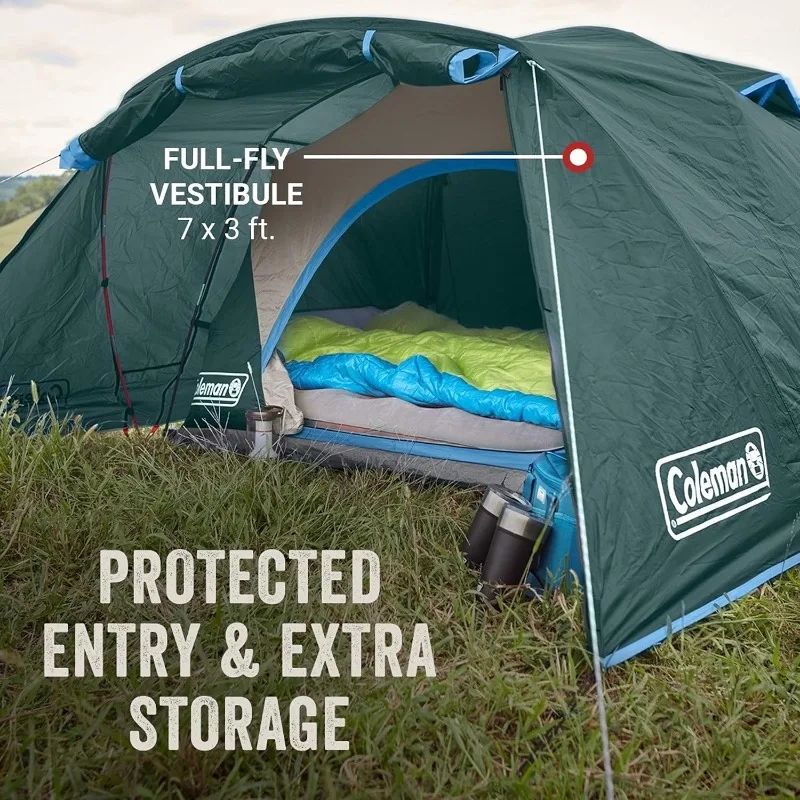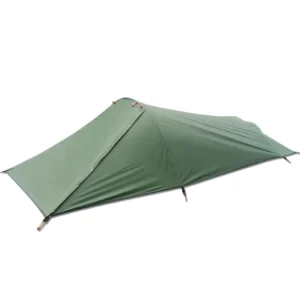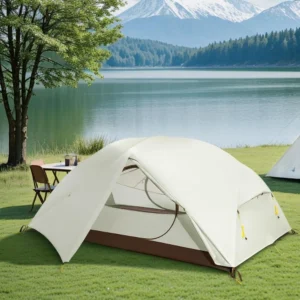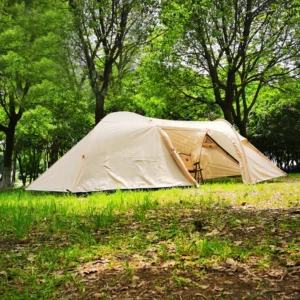Introduction
When choosing the perfect tent for your outdoor adventures, one feature stands out as increasingly essential: the vestibule. These protected extensions serve as the difference between a cramped, cluttered sleeping area and a well-organized, comfortable camping experience. A well-designed vestibule keeps your gear dry during unexpected downpours, provides a transition space between the muddy outdoors and your clean sleeping quarters, and significantly enhances your tent’s livability.
For backpackers traversing mountain trails, vestibules offer crucial protection for expensive equipment while maintaining pack weight efficiency. Family campers benefit from the additional space to store bulky items like chairs, coolers, and children’s gear. Even weekend warriors appreciate having dedicated space for muddy boots and wet rain jackets outside their sleeping area.
The ultimate guide to tent vestibule storage demonstrates how proper gear organization not only protects your equipment but also extends your tent’s lifespan by reducing interior wear and tear. Whether you’re planning a quick overnight trip or a week-long wilderness expedition, the right vestibule can transform your camping experience by keeping essentials accessible yet protected from the elements.
In this comprehensive guide, we’ll explore what makes vestibules essential for outdoor adventures, examine the different types available, outline critical features to consider when making your selection, and recommend top-performing tents across various categories to help you find the perfect match for your specific camping needs.
What Are Tent Vestibules and Why Are They Essential for Gear Storage?
A tent vestibule is essentially a covered extension of your tent that provides protected storage space outside the main sleeping area. These sheltered zones create a crucial buffer between the interior living space and the outside environment. Unlike the main tent body, vestibules typically feature a waterproof fly or canopy but may have a ground cloth rather than a fully integrated floor.
What is a tent vestibule exactly? It serves multiple essential functions that dramatically improve your camping experience. First and foremost, vestibules offer critical weather protection for gear, keeping backpacks, boots, cooking equipment, and other items safe from rain, snow, and excessive sun exposure. They create a transition zone that prevents tracking dirt, mud, and debris into your sleeping area while providing convenient storage for wet or dirty items you wouldn’t want inside your tent.
For many campers, vestibules offer additional functionality as protected cooking spaces during inclement weather (though proper ventilation is crucial for safety). The expanded covered area enhances the perceived space of your tent setup, making even smaller shelters feel more livable and comfortable during extended stays. This additional protected zone transforms a basic shelter into a more complete outdoor living space.
With properly designed vestibules, you’ll experience significantly better organization and access to gear. Instead of cramming everything inside your sleeping area or leaving items exposed to the elements, vestibules create a middle ground that keeps equipment accessible yet protected. This organization system proves invaluable during midnight bathroom breaks or sudden weather changes when you need quick access to specific items without disrupting your entire camp setup.
Types of Tent Vestibules for Optimal Gear Storage
Vestibules come in various configurations, each optimized for specific camping styles and storage needs. Understanding these different designs helps you select the tent that best matches your gear requirements and usage patterns.
Standard Vestibules
* Basic design attached directly to the tent entrance
* Typically 5-8 sq ft (0.5-0.7 sq m) of covered space
* Single-pole or integrated pole structure
* Most common on entry-level and mid-range backpacking tents
* Provides essential protection for small gear items and footwear
Extended/Oversized Vestibules
* Significantly larger coverage area than standard vestibules
* Typically 15-30+ sq ft (1.4-2.8+ sq m)
* Usually supported by additional poles for stability
* Often found on premium camping and expedition tents
* Allows storage of large backpacks, camp chairs, and bulky gear
Multiple Vestibules
* Separate vestibule areas at different tent entrances
* Usually symmetrical designs with 8-10 sq ft (0.7-0.9 sq m) per vestibule
* Common in 2-3 person backpacking tents for balanced weight distribution
* Enables organized storage for multiple users
* Provides alternative access/storage during changing wind conditions
Awning/Porch Vestibules
* Convertible design that can be propped up with trekking poles
* Creates sheltered outdoor seating and cooking area
* Typically 10-20 sq ft (0.9-1.9 sq m) when fully extended
* Found on premium camping and “glamping” style tents
* Offers versatile configuration options for different weather conditions
Tunnel Tent Vestibules
* Integrated into aerodynamic tunnel-style tent designs
* Often features spacious front storage area
* Common in European tent designs and expedition models
* Excellent wind stability with proper orientation
* Typically 15-25 sq ft (1.4-2.3 sq m)
Garage/Annex Vestibules
* Specialized attachments for enormous gear storage
* Can be added or removed from compatible tent models
* Often 30-60+ sq ft (2.8-5.6+ sq m)
* Found on premium expedition and family camping tents
* Accommodates bicycles, strollers, or extensive gear collections
The mastering space tent designs with expanded vestibules approach has revolutionized how manufacturers balance interior living space with protected external storage. The most effective designs integrate vestibule functionality seamlessly with the tent’s overall structure rather than treating it as an afterthought.
Key Features to Consider When Choosing a Tent with Gear Storage Vestibules
When evaluating tents with vestibules, several key factors determine how effectively they’ll meet your gear storage needs. Understanding these considerations ensures you select a tent that performs well in your specific camping scenarios.
Vestibule Area
The actual usable space is typically measured in square feet/meters and represents the primary metric for comparing vestibule capacity. For backpacking, look for at least 8+ sq ft (0.75+ sq m) per person for adequate gear storage. Family camping scenarios benefit from 20+ sq ft (1.9+ sq m) vestibules to accommodate larger and bulkier equipment.
Vestibule Design & Shape
Beyond simple square footage, the shape and volume of the vestibule dramatically impact its functionality. Near-vertical walls maximize usable space, while steeply sloped designs may yield less practical storage despite similar floor dimensions. Height clearance particularly matters for sitting, changing clothes, or accessing gear without crawling.
Accessibility
How easily you can enter, exit, and access gear through the vestibule significantly affects daily usability. Look for strategic zipper placement, multiple door configurations, and designs that don’t require climbing over stored gear. The definitive guide to tent vestibule benefits highlights how thoughtful door designs enhance the overall camping experience.
Weather Protection
Your vestibule’s primary purpose is protecting gear from the elements. Evaluate the waterproof rating of the fly material (look for 1,500mm+ minimum), quality of seam sealing, and presence of storm flaps over zippers. Additional stake-out points and guy-line attachments improve stability in windy conditions.
Ventilation
Proper airflow prevents condensation from forming inside the vestibule, which could damage stored equipment. Look for vestibule designs incorporating vents, mesh panels, or configurable doors that allow air circulation while maintaining weather protection.
Weight Impact
Especially important for backpackers, the additional weight of vestibule materials and supporting poles must be considered against the storage benefits. Ultralight designs often employ minimalist vestibules or innovative materials to minimize the weight penalty.
Packed Size
When not in use, your tent must fit in your vehicle or backpack. Vestibules—particularly oversized or garage-style designs—can significantly increase packed dimensions. Consider whether the storage benefits outweigh the additional bulk.
Capacity Matching
The vestibule size should align with the tent’s sleeping capacity. A 4-person tent should include proportionally more vestibule space than a 2-person model to accommodate the additional gear typically brought by larger groups.
Seasonality
Your vestibule needs change with the seasons. Summer camping may prioritize ventilation and easy access, while winter camping demands robust construction to handle snow loading. The guide to weather protection tent vestibule explores how different designs perform across seasons.
Setup Complexity
Additional vestibule features sometimes mean more complex setup processes. Evaluate whether the extra time and effort required matches your camping style, particularly in adverse weather conditions when quick pitching matters most.
Durability
Vestibules experience significant stress from frequent traffic, exposure to elements, and ground contact. Look for reinforced stake-out points, heavier-duty flooring (if included), and durable zipper construction in high-wear areas.
Value for Money
Balance the vestibule features against the overall tent price. Sometimes paying more for a thoughtfully designed vestibule delivers substantial improvements in convenience and comfort, justifying the investment for frequent campers.
Best Overall Tent with Versatile Gear Storage: REI Co-op Kingdom 6
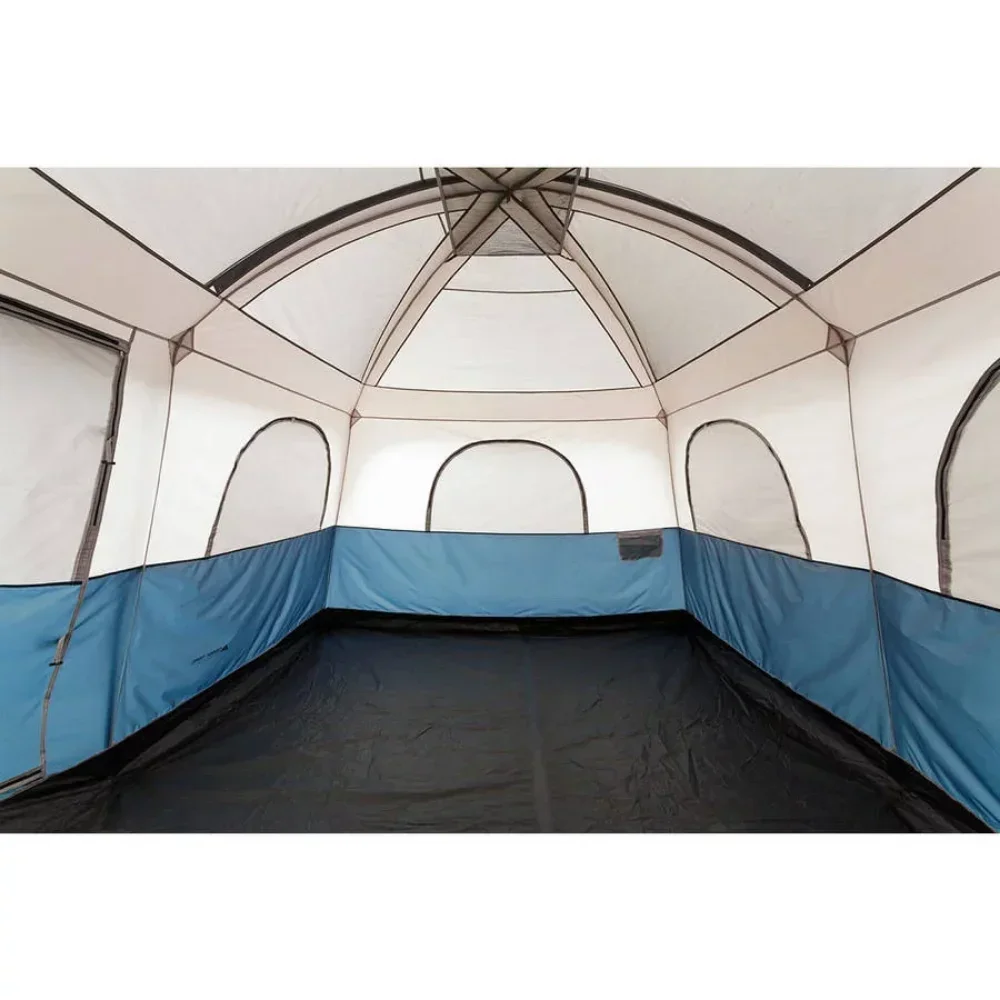
The REI Co-op Kingdom 6 stands out as our top overall recommendation for campers seeking exceptional vestibule functionality combined with outstanding livability. This well-designed tent balances generous gear storage with family-friendly features at a reasonable price point.
Specifications:
* Capacity: 6-person
* Vestibule Area: 29 sq ft (2.7 sq m)
* Packed Weight: 21 lbs 6 oz (9.7 kg)
* MSRP: $499
The Kingdom’s oversized front vestibule creates a genuine “mudroom” experience rarely found in the camping tent category. Its near-vertical walls maximize usable volume, allowing you to store four large backpacks, camp chairs, coolers, and still maintain clear pathways to the main tent doors. The vestibule can be configured multiple ways—fully closed for weather protection, partially rolled back for ventilation, or completely opened to create a sun awning with trekking poles.
What truly distinguishes this vestibule is its dual-zipper design that allows access from multiple angles without disturbing stored gear. The reinforced floor material handles high traffic exceptionally well, while the integrated stake-out points stabilize the structure even in moderate winds. For families or groups, the organization potential dramatically enhances campsite comfort.
Pros:
* Exceptional space-to-weight ratio for car camping
* Near-vertical walls maximize usable storage volume
* Configurable door system for flexible access and ventilation
* Compatible with add-on mud-room attachment for even more covered space
* Excellent weather protection with full-coverage rainfly
Cons:
* Too heavy for backpacking applications
* Setup requires practice to tension properly
* Premium price compared to basic camping tents
* Requires significant flat terrain for optimal setup
The Kingdom excels during extended family camping trips, basecamping adventures, and situations where weather protection for extensive gear collections matters most. Its thoughtful design incorporates lessons from ultimate guide two compartment tents approaches, creating separate zones for gear and living space.
Best for Backpacking: Lightweight with Ample Vestibule Space
For backpackers seeking the optimal balance between weight savings and protective gear storage, the MSR Hubba Hubba NX 2-Person tent delivers exceptional performance. This perennial favorite among serious hikers continues to set the standard for vestibule functionality in the ultralight category.
Specifications:
* Capacity: 2-person
* Vestibule Area: 18 sq ft total (1.7 sq m) – two 9 sq ft vestibules
* Packed Weight: 3 lbs 2 oz (1.4 kg)
* MSRP: $399
The dual-vestibule design provides balanced storage options for two hikers, with each person getting their own protected gear area. This symmetrical approach eliminates the need to climb over your partner or their equipment when entering or exiting the tent. Each vestibule comfortably accommodates a 65L backpack, hiking boots, and smaller accessories while maintaining sufficient space for comfortable entry and exit.
What makes this vestibule configuration particularly effective is the optimized stake-out pattern that maximizes coverage while minimizing weight. The vestibule doors can be configured multiple ways, including a “stargazing” mode that rolls the doors back while maintaining side protection, or fully deployed for complete weather protection during storms.
Pros:
* Excellent vestibule space-to-weight ratio
* Dual-door design eliminates disruption between campers
* Multiple configuration options for different weather conditions
* High-quality DAC Featherlite pole system enhances stability
* Fast setup even in adverse conditions
Cons:
* Limited height clearance in vestibule areas
* Premium price point compared to entry-level backpacking tents
* Requires careful site selection for optimal drainage
* Not designed for extreme winter conditions
The Hubba Hubba NX excels during backpacking trips where weight matters but comfort can’t be sacrificed. For understanding tent vestibules backpacking camping scenarios, this balanced approach provides protection without excessive weight penalties. Extended thru-hikes, weekend backpacking adventures, and backcountry exploration all benefit from this tent’s thoughtful vestibule design.
Our backpacking tent vestibule collection features several models with similar approaches to balancing weight with protective storage.
Best for Family Camping: Spacious Vestibules for All the Gear
For family camping adventures where gear volume expands exponentially, the Marmot Limestone 8P stands out with extraordinary vestibule capacity designed for maximum organization and protection. This fortress-like tent transforms chaotic family camping into an organized, comfortable experience.
Specifications:
* Capacity: 8-person
* Vestibule Area: 54 sq ft (5 sq m)
* Packed Weight: 32 lbs (14.5 kg)
* MSRP: $649
The Limestone’s front vestibule creates a genuine “front porch” experience with standing-height clearance throughout most of the covered area. This allows adults to comfortably organize gear, help children with boots and outerwear, and create dedicated zones for clean versus dirty equipment. The reinforced vestibule floor handles intense traffic, while the multiple access points prevent bottlenecks during busy morning or evening camp routines.
What truly distinguishes this family-focused vestibule is its integrated storage features, including hanging mesh pockets, utility loops for lanterns or gear lines, and segmented areas that help maintain organization during extended stays. The strategic pole structure maintains excellent stability even when fully loaded with family equipment.
Pros:
* Standing height clearance for comfortable access
* Multiple entrance/exit points reduce congestion
* Exceptional weather protection for extended trips
* Compatible with additional ground cloth for vestibule floor protection
* Color-coded poles simplify setup despite large size
Cons:
* Substantial weight and bulk when packed
* Requires large vehicle for transport
* Premium price point
* Needs significant flat terrain for proper setup
The Limestone excels during week-long family vacations, multi-family gatherings, and situations where protecting extensive gear collections from unpredictable weather enhances everyone’s comfort. Our camping tent vestibule collection features additional options for family-focused designs with exceptional storage capacity.
Best Budget-Friendly Option with Good Vestibule Storage
For campers seeking vestibule benefits without premium pricing, the Kelty Wireless 4 delivers surprisingly effective gear storage at an accessible price point. This tent proves that thoughtful design can create functional vestibule space without breaking the bank.
Specifications:
* Capacity: 4-person
* Vestibule Area: 19 sq ft (1.8 sq m)
* Packed Weight: 10 lbs 8 oz (4.8 kg)
* MSRP: $199
The Wireless features a straightforward front vestibule design that prioritizes essential functionality. The simplified pole structure creates a protective awning over the main entrance while providing sufficient covered space for backpacks, footwear, and camp chairs. Though less elaborate than premium options, the vestibule still offers adequate height clearance for comfortable access and organization.
What makes this budget-friendly vestibule effective is its focus on core functionality. While it lacks some refinements of higher-priced models, it delivers where it matters most: keeping gear dry during rain, creating separation between sleeping and storage areas, and adding valuable protected space to the overall tent footprint.
Pros:
* Excellent value for the features provided
* Simplified design makes setup intuitive
* Adequate space for essential gear organization
* Reasonable weight for car camping applications
* Durable materials despite lower price point
Cons:
* More basic stake-out system requires careful tensioning
* Limited configuration options compared to premium models
* Less vertical sidewall design reduces usable volume
* Single-door access creates potential bottlenecks
The Kelty Wireless excels during weekend family camping trips, music festivals, and casual outdoor gatherings where basic gear protection enhances comfort without requiring significant investment. This tent provides an excellent entry point for campers discovering the benefits of dedicated vestibule storage.
Best for Extreme Weather: Robust Protection for Gear
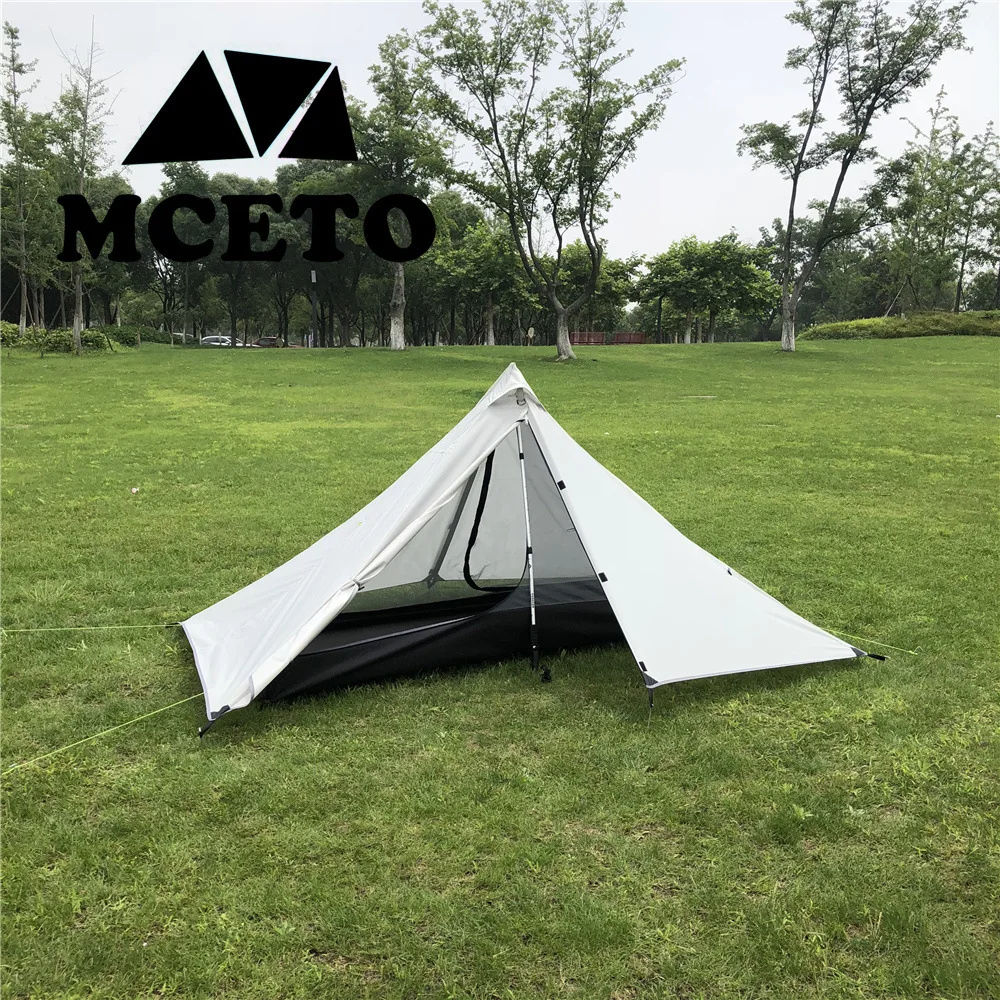
The North Face Mountain 25 represents the gold standard for gear protection in challenging alpine conditions, high-altitude expeditions, and winter camping scenarios. This expedition-grade tent prioritizes bombproof vestibule construction to protect critical equipment in the harshest environments.
Specifications:
* Capacity: 3-person
* Vestibule Area: 27 sq ft (2.5 sq m)
* Packed Weight: 9 lbs 10 oz (4.4 kg)
* MSRP: $899
The Mountain 25’s vestibule combines exceptional material strength with architectural stability to handle extreme winds, heavy snow loading, and persistent precipitation. The poled structure creates maximal volume while the bathtub floor extension prevents moisture intrusion even during sustained storms. Reinforced snow flaps can be buried to seal the perimeter against driving snow while the dual-zipper design maintains access without compromising protection.
What truly distinguishes this extreme weather vestibule is its integration with the overall structural integrity of the tent. Rather than treating the vestibule as an accessory, this design incorporates it into the fundamental wind-shedding architecture. The result is a bombproof gear storage zone that remains functional even in conditions that would compromise lesser designs.
Pros:
* Expedition-grade materials throughout vestibule construction
* Strategic pole structure handles snow loading and high winds
* Multiple ventilation options prevent condensation in cold conditions
* Reflective guylines and attachment points improve nighttime visibility
* Interior-to-vestibule connection designed to minimize heat loss
Cons:
* Premium pricing reflects specialized design
* Heavier than standard backpacking options
* Complex setup requires practice before field use
* Overkill for moderate three-season conditions
The Mountain 25 excels during winter expeditions, high-altitude mountaineering, and extreme environment camping where gear protection becomes literally life-critical. Our winter camping tent collection features additional options designed for challenging conditions.
Comparison Table: Best Tents with Gear Storage Vestibules
| Tent Model | Capacity | Vestibule Area | Packed Weight | Price | Key Vestibule Feature | Best For |
|---|---|---|---|---|---|---|
| REI Co-op Kingdom 6 | 6-person | 29 sq ft (2.7 sq m) | 21 lbs 6 oz (9.7 kg) | $499 | Configurable front mudroom | Best Overall |
| MSR Hubba Hubba NX | 2-person | 18 sq ft (1.7 sq m) | 3 lbs 2 oz (1.4 kg) | $399 | Dual symmetrical vestibules | Backpacking |
| Marmot Limestone 8P | 8-person | 54 sq ft (5 sq m) | 32 lbs (14.5 kg) | $649 | Standing-height front porch | Family Camping |
| Kelty Wireless 4 | 4-person | 19 sq ft (1.8 sq m) | 10 lbs 8 oz (4.8 kg) | $199 | Simple, effective awning | Budget-Friendly |
| North Face Mountain 25 | 3-person | 27 sq ft (2.5 sq m) | 9 lbs 10 oz (4.4 kg) | $899 | Expedition-grade protection | Extreme Weather |
Tips for Maximizing Your Tent Vestibule for Gear Storage
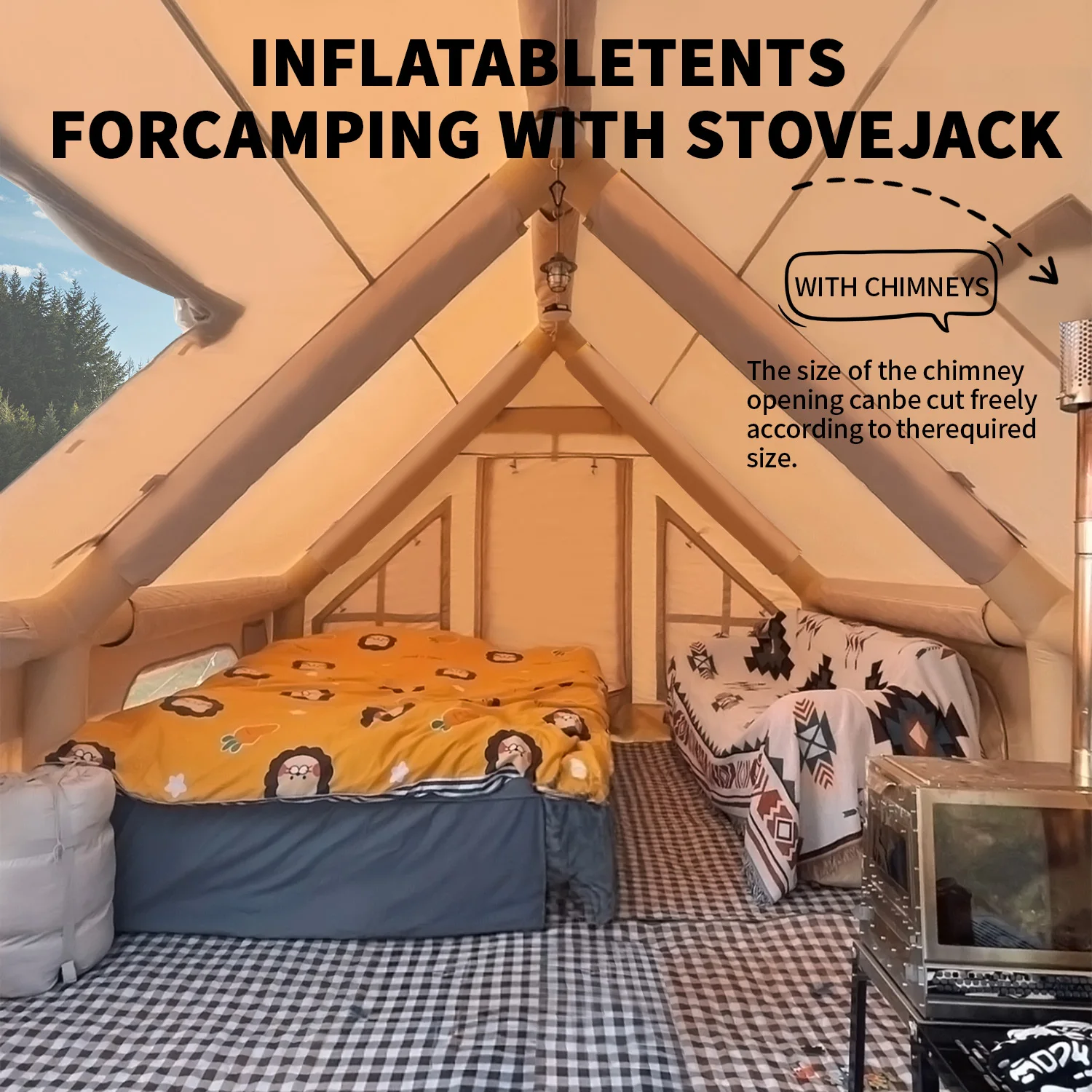
Even with the perfect vestibule design, how you utilize this space dramatically impacts your camping experience. These practical strategies will help you optimize protection and organization regardless of which tent model you choose.
Strategic Gear Placement
Arrange items based on access frequency, with often-needed gear positioned near the door for quick retrieval. Place less frequently used equipment toward the back or sides. Keep nighttime essentials (headlamp, water bottle) in easily accessible locations to avoid disturbing your entire setup during midnight needs.
Utilize Vertical Space
Many campers overlook the vertical dimension of vestibules. Hang lightweight items from gear loops using carabiners or small accessory cord. Consider portable gear lofts or hanging mesh pockets to elevate items off the potentially wet ground while maintaining floor space for larger equipment.
Lightweight Backpacking Tent, Ultralight Backpacking Tent, Ultralight Bivy Tent
Ultralight Single Person Camping Tent with Aluminum Poles for 3-Season Backpacking Waterproof DesignPrice range: $94.88 through $326.82 Select options This product has multiple variants. The options may be chosen on the product pageLightweight Backpacking Tent, Ultralight Backpacking Tent, Waterproof Backpacking Tent
$391.05 Select options This product has multiple variants. The options may be chosen on the product pageHeavy Duty 4 Season Tent, Mountaineering Tent, Winter Camping Tent
$870.40 Select options This product has multiple variants. The options may be chosen on the product pageUltralight Backpacking Tent, Ultralight Dome Tent, Winter Camping Tent
Price range: $369.63 through $370.07 Select options This product has multiple variants. The options may be chosen on the product pageCamping Tent with Vestibule, Waterproof Camping Tent
Price range: $407.89 through $479.48 Select options This product has multiple variants. The options may be chosen on the product pageHeavy Duty 4 Season Tent, Ultralight Freestanding Tent, Winter Camping Tent
$3,722.66 Select options This product has multiple variants. The options may be chosen on the product page
Employ Waterproof Organization
Use dry bags and waterproof stuff sacks to protect sensitive items even within the vestibule. This creates a secondary defense against potential leaks or exceptional weather events. Group similar items together in color-coded stuff sacks for quick identification without unpacking everything.
Manage Ventilation Carefully
Proper airflow prevents condensation that could damage stored equipment. Position gear to avoid blocking designed ventilation paths, and adjust door configurations based on weather conditions. During rain, maintain at least partial ventilation even while prioritizing water protection. Mastering tent vestibule organization includes creating systematic airflow patterns.
Create Transition Zones
Designate specific areas within larger vestibules for different purposes. Establish a “dirty zone” near the entrance for muddy boots and wet outerwear, a “clean zone” closer to the inner tent door, and specialized areas for cooking equipment or other category-specific gear. This zoned approach prevents cross-contamination and maintains organization throughout your trip.
Footprint Extensions
Consider using a slightly oversized ground cloth that extends under the vestibule area for additional floor protection. This prevents groundwater seepage during heavy rain and provides a cleaner surface for gear organization. Many manufacturers offer compatible footprints, or you can create your own from lightweight waterproof material.
Safe Cooking Considerations
If using the vestibule as a protected cooking space during inclement weather, maintain maximum ventilation and keep the stove as far from tent walls as possible. Position the cook system on stable, non-flammable surfaces, and never leave it unattended. Consider specialized heat-resistant mats designed for vestibule cooking platforms.
Frequently Asked Questions About Tent Vestibules
Can I cook safely in my tent’s vestibule?
While cooking in vestibules is common practice during bad weather, it carries significant risks including carbon monoxide poisoning and fire hazards. If you must cook in the vestibule, maintain maximum ventilation, use stable cookware designed for camping, keep flames away from all tent materials, and never leave stoves unattended. Many experienced campers prefer to cook under a separate tarp or shelter system specifically designed for camp kitchens.
How do I prevent condensation in the vestibule area?
Maintain adequate ventilation by configuring doors or vents to allow airflow even during rain. Position gear to avoid blocking designed ventilation paths. In cold conditions, avoid bringing excessively wet items into the vestibule, or place them in sealed dry bags to contain moisture. Some campers use small absorbent towels or sponges to collect condensation from vestibule walls during extremely humid conditions.
What’s considered a good vestibule size for a 2-person backpacking tent?
For a typical 2-person backpacking scenario, look for 8-12 square feet (0.75-1.1 square meters) of vestibule space per side in dual-vestibule designs, or 16-20 square feet (1.5-1.9 square meters) for a single shared vestibule. This provides sufficient room for standard backpacks, boots, and smaller accessories while maintaining functional entry/exit paths.
Are vestibules always included with a tent or are they sold separately?
Most quality tents include vestibules as part of their standard design, integrated with the rainfly. However, some manufacturers offer optional add-on vestibules or “garage” attachments that can expand storage capacity for compatible tent models. Can you add a vestibule to a tent depends entirely on the specific tent design and whether the manufacturer offers compatible extensions.
How important is vestibule floor area versus overall volume?
While floor dimensions provide a standardized measurement for comparison, overall volume (including height) often matters more for practical usability. A vestibule with near-vertical walls and good height clearance provides substantially more functional storage than a larger-footprint design with steeply sloped walls, despite potentially similar floor measurements.
How do I secure a vestibule in high winds?
Use all provided stake-out points and guy lines, adding extra guylines at high-stress attachment points if possible. Position the tent with the smallest profile facing into the wind when possible. Consider using snow stakes, rock anchors, or buried objects in environments where standard stakes prove insufficient. Additional weight (like rocks) placed strategically inside the vestibule perimeter can provide stability in extreme conditions.
Other Noteworthy Tents with Excellent Gear Storage
While our primary recommendations cover major camping categories, several additional designs offer innovative vestibule solutions worth consideration for specific needs.
The Big Agnes Copper Spur HV UL2 features a unique “awning mode” vestibule that can be propped open with trekking poles to create a sheltered outdoor seating area while maintaining gear protection. At just 3 lbs 2 oz (1.4 kg) and $449, this 2-person ultralight tent includes 18 sq ft (1.7 sq m) of vestibule space with exceptional versatility for backpacking.
For motorcycle camping enthusiasts, the Redverz Atacama Expedition Tent creates an actual garage-sized vestibule (31 sq ft/2.9 sq m) large enough to shelter a full-sized adventure motorcycle alongside camping gear. Though heavy at 13 lbs (5.9 kg) and priced at $599, this specialized design solves unique storage challenges for motorcycle travelers.
The Hilleberg Keron 4 GT represents the premium end of expedition vestibule design with a massive 27 sq ft (2.5 sq m) front vestibule plus a 13 sq ft (1.2 sq m) rear vestibule. This tunnel-style tent weighs 9 lbs 12 oz (4.4 kg) and costs $1,295, but delivers unmatched four-season protection and organization capacity for serious expeditions.
For ultralight enthusiasts, the Zpacks Duplex features minimalist vestibules that achieve impressive weather protection at a fraction of traditional weight. With two 7.5 sq ft (0.7 sq m) vestibules and a total tent weight of just 19 oz (539 g), this $699 shelter transforms living space ultimate game changer for thru-hikers prioritizing every ounce.
Each of these alternatives demonstrates how specialized vestibule designs continue evolving to meet specific outdoor needs while maintaining core protection principles. Explore Elements carefully curates our tent selection to include innovative storage solutions across every camping category.

